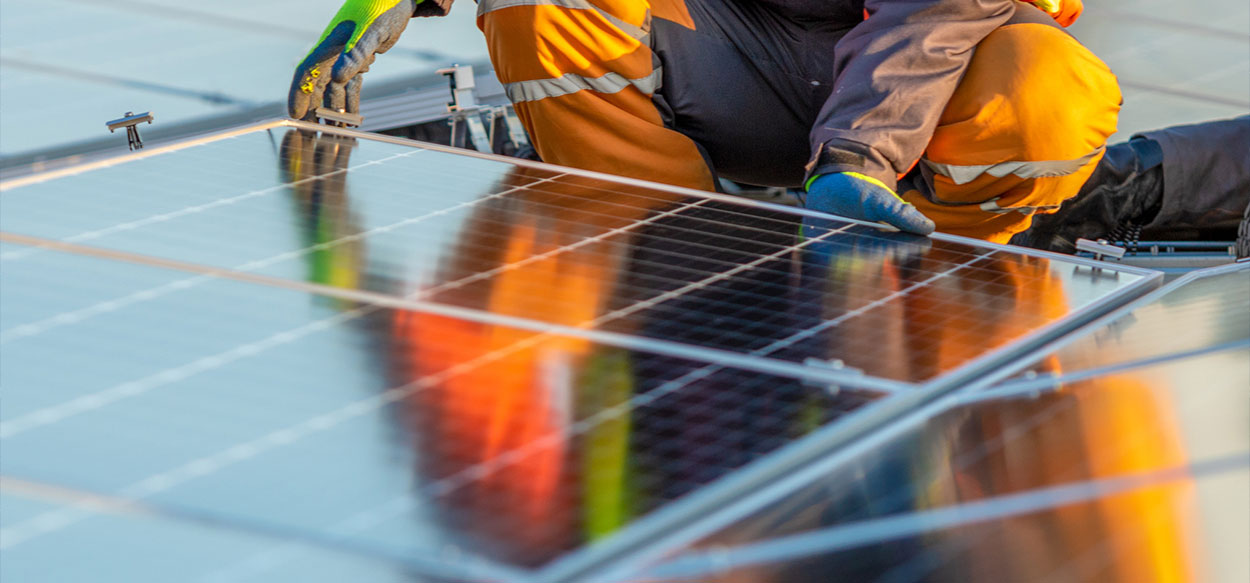Everything you need to know about recycling solar panels

Recycling Photovoltaic Panels: A Key Challenge for Sustainable Energy Transition
As photovoltaic energy occupies an increasingly important place in the global energy mix, a crucial question arises: what to do with solar panels at the end of their life? While their average lifespan exceeds 25 years, the massive rise of photovoltaics is already bringing a major challenge to the industry: the recycling of used modules.
A Growing Volume to Recycle
With over 100 GW of solar capacity installed each year globally, millions of tons of photovoltaic panels will reach the end of their life in the coming decades. In France, recycling is supervised by eco-organizations like SOREN, who work with public and private stakeholders to anticipate these growing volumes.
What is a Solar Panel Made Of?
A solar panel is primarily made up of glass, aluminum, silicon, copper, and plastic. These materials are largely recyclable, with a recovery rate of up to 94%.
- Silicon: essential for capturing solar energy.
- Precious and rare metals: silver, aluminum, copper, sometimes indium and gallium.
- Glass and plastic: these ensure the protection and encapsulation of the photovoltaic cells.
These materials are recyclable to varying degrees, but their recovery requires specific processes.
Steps in Solar Panel Recycling
Recycling solar panels is crucial to minimize the environmental impact of end-of-life panels. Two main methods are used: delamination and grinding. These processes allow for the recovery of valuable materials and the reintegration of these elements into new production cycles. Here is a detailed overview of the steps involved in both recycling methods.
Recycling by Delamination
Delamination is based on a simple principle: a heated blade is used to cut the solar panel lengthwise, thus separating the glass plate from the photovoltaic cells. This method allows for optimal material recovery.
The steps in recycling by delamination are as follows:
- Collection of panels: The used panels are collected and sent to a specialized processing facility.
- Pre-dismantling: Cables and junction boxes are removed from the panels. These elements are then recycled with other small household appliances.
- Removal of the aluminum frame: The aluminum frame surrounding the panels is extracted and sent to a foundry for recycling.
- Thermal delamination: The laminated plate (solar panel) is passed under a press to flatten it. A heated blade at 300°C separates the glass from the solar cells. This process allows for the recovery of intact glass plates, ready to be reused.
- Treatment of photovoltaic cells: The photovoltaic cells undergo high-temperature thermal treatment to isolate the metals that make them up. A chemical treatment separates materials like silver, silicon, and metal connectors.
- Reusing materials: The extracted metals and recovered glass are then reused as raw materials in the production of new products or materials.
Recycling by Grinding
Grinding is another method used to recycle solar panels. It involves fragmenting the panels to facilitate the recovery of materials. This method effectively separates the different components of the panels.
The steps in recycling by grinding are as follows:
- Collection of panels: As in the delamination process, the panels are collected and sent to the treatment site.
- Pre-dismantling: Cables and junction boxes are removed and recycled with other small household appliances.
- Removal of the aluminum frame: The aluminum frame is also removed for recycling in a foundry.
- Grinding the laminated plates: Once the panels have been stripped of their non-recyclable elements, the remaining laminated plates are ground to create particles of various sizes.
- Material sorting: The ground particles are then sorted using various technologies (magnetic sorting, density separation, etc.). This step recovers different materials: copper, glass, dust residues, silver from metal sheets, aluminum, and other components.
- Reusing materials: As with the delamination process, these recovered materials (metals, glass, etc.) are reused in the manufacturing of new products, contributing to the circularity of materials.
Recycling Panels: A Leverage for a Sustainable Energy Transition
Beyond waste management, solar panel recycling represents a unique opportunity for the energy transition. By recovering rare and precious materials, it helps reduce reliance on imports, particularly critical metals. It is also part of a circular economy approach, essential for minimizing the environmental impact of the massive growth of photovoltaics.
In France, eco-organizations such as Soren play a central role in the collection and treatment of these end-of-life devices.
